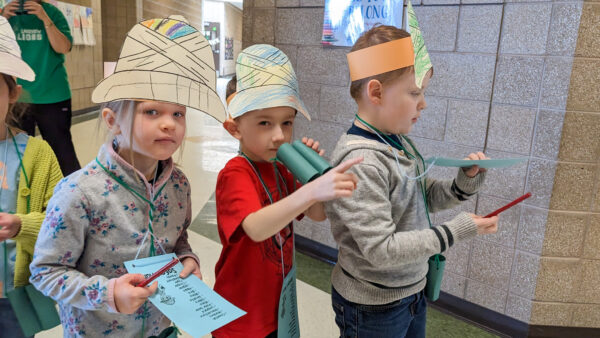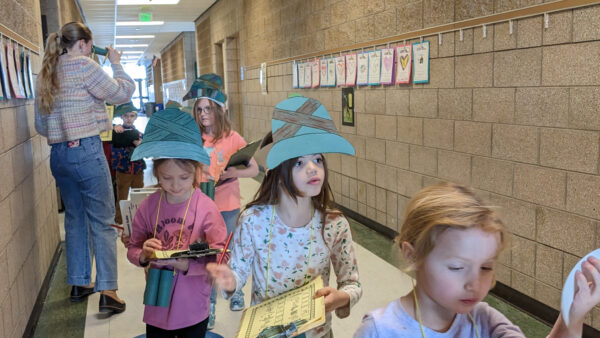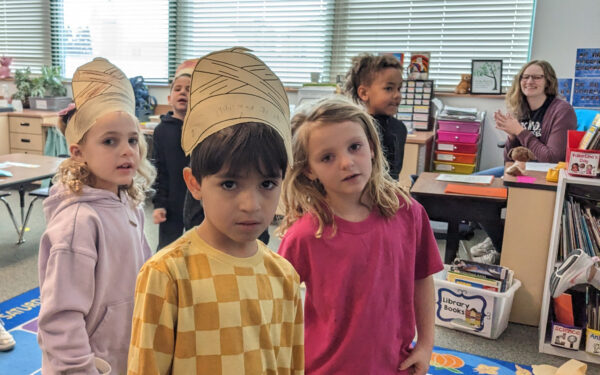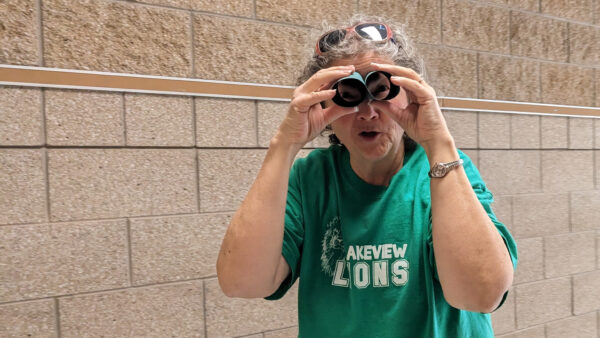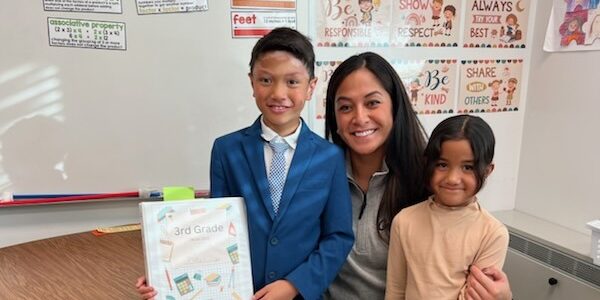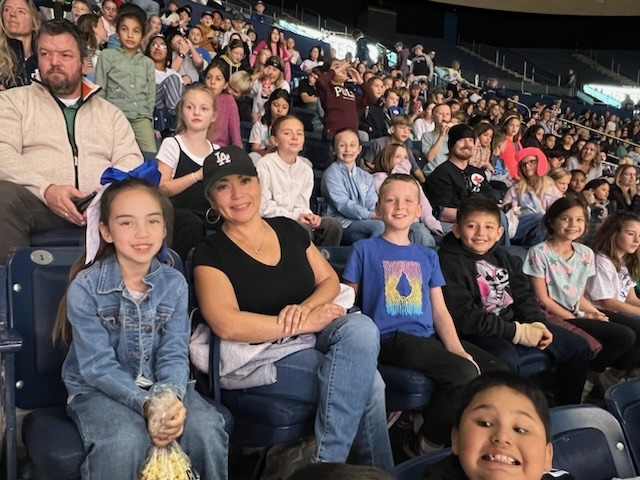Our Intrepid Kindergarten Classes on Safari
Utah State Science Standards for Kindergarten include the study of living things and their habitats. Our students donned their pith helmets and collected their binoculars as they began their exploration of Lakeview school in search of wild animals. Each explorer recorded the animals they spotted.
Strand K.2: LIVING THINGS AND THEIR SURROUNDINGS
Living things (plants and animals, including humans) depend on their surroundings to get what they need, including food, water, shelter, and a favorable temperature. The characteristics of surroundings influence where living things are naturally found. Plants and animals affect and respond to their surroundings.
Standard K.2.1 Obtain, evaluate, and communicate information to describe patterns of what living things (plants and animals, including humans) need to survive. Emphasize the similarities and differences between the survival needs of all living things. Examples could include that plants depend on air, water, minerals, and light to survive, or animals depend on plants or other animals to survive. (LS1.C)
Standard K.2.2 Obtain, evaluate, and communicate information about patterns in the relationships between the needs of different living things (plants and animals, including humans) and the places they live. Emphasize that living things need water, air, and resources and that they live in places that have the things they need. Examples could include investigating plants grown in various locations and comparing the results or comparing animals with the places they live. (LS2.B, ESS3.A)
Standard K.2.3 Obtain, evaluate, and communicate information about how living things (plants and animals, including humans) affect their surroundings to survive. Examples could include squirrels digging in the ground to hide their food, plant roots breaking concrete, or humans building shelters. (ESS2.E)
Standard K.2.4 Design and communicate a solution to address the effects that living things (plants and animals, including humans) experience while trying to survive in their surroundings. Define the problem by asking questions and gathering information, convey designs through sketches, drawings, or physical models, and compare designs. Emphasize students working from a plant, animal, or human perspective. Examples could include a plant growing to get more sunlight, a beaver building a dam, or humans caring for the Earth by reusing and recycling natural resources. (ESS3.C, ETS1.A, ETS1.B, ETS1.C)
November 19th, 2024

